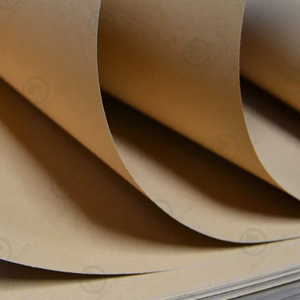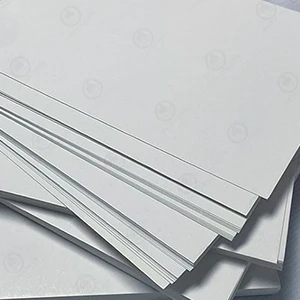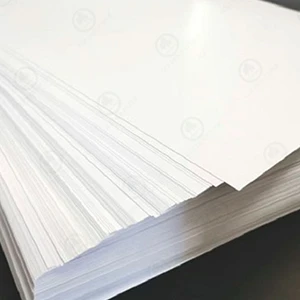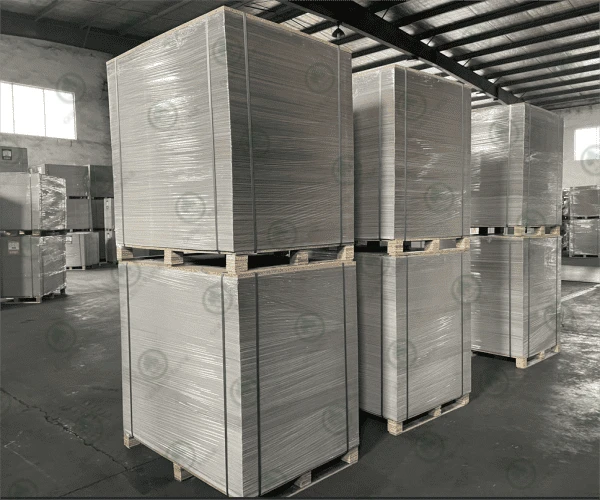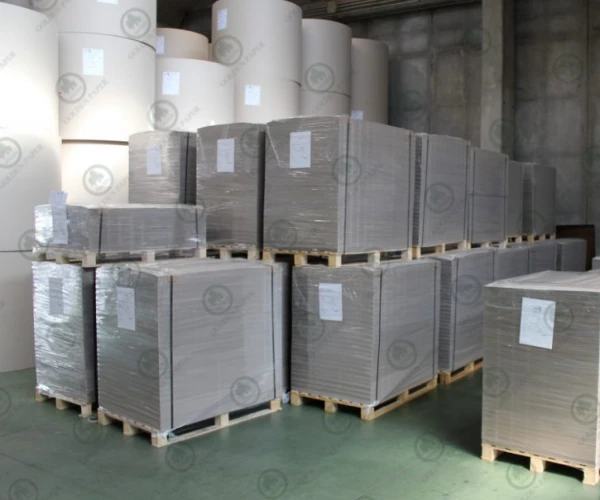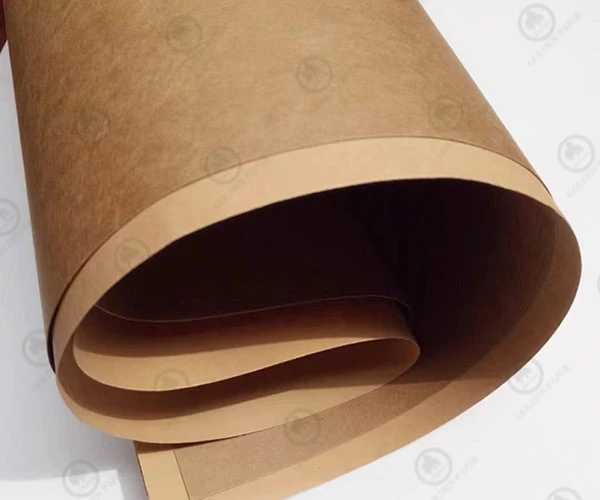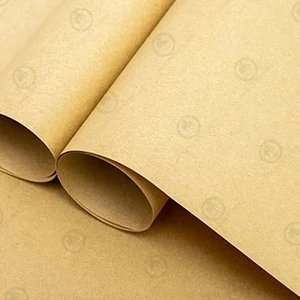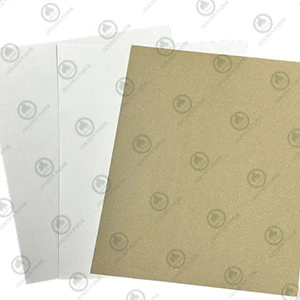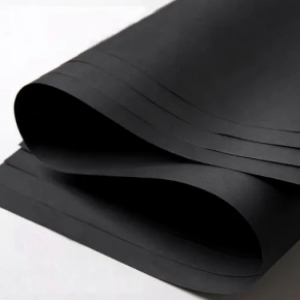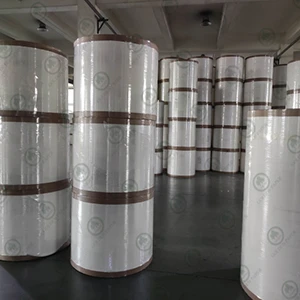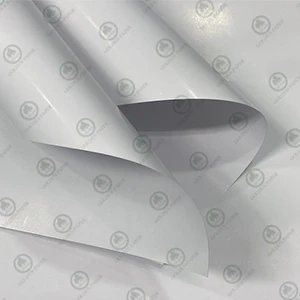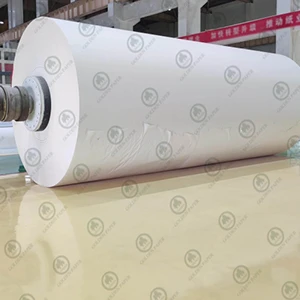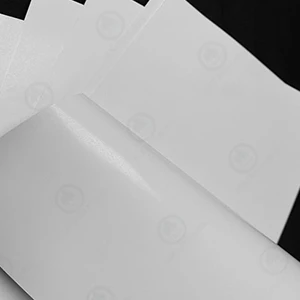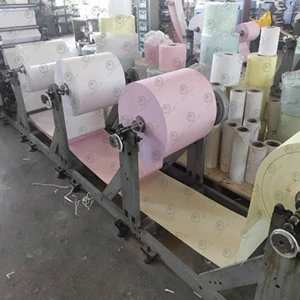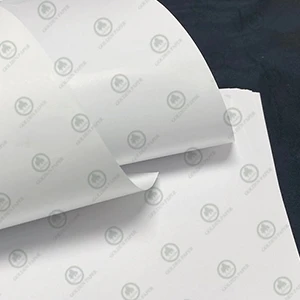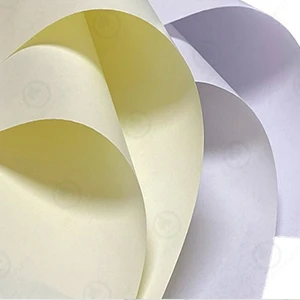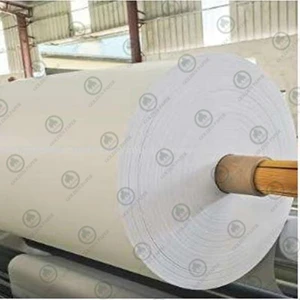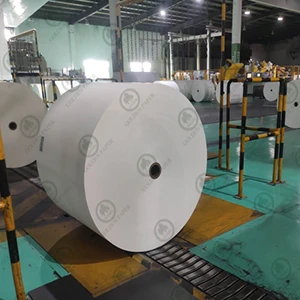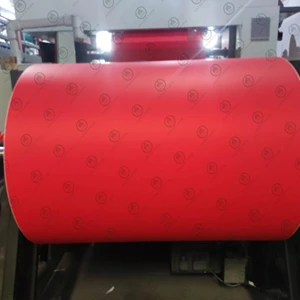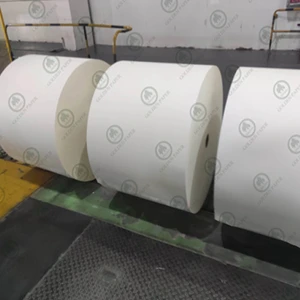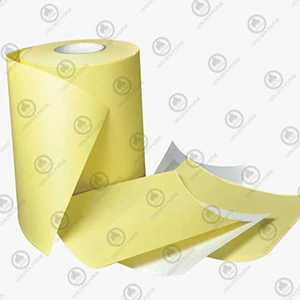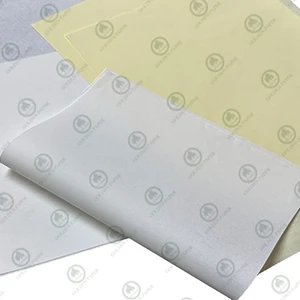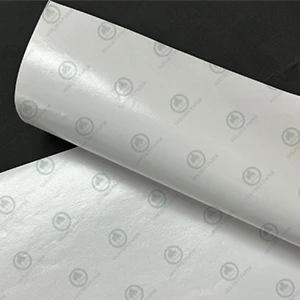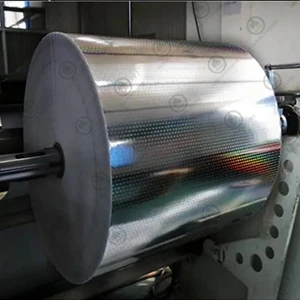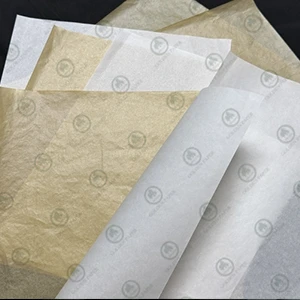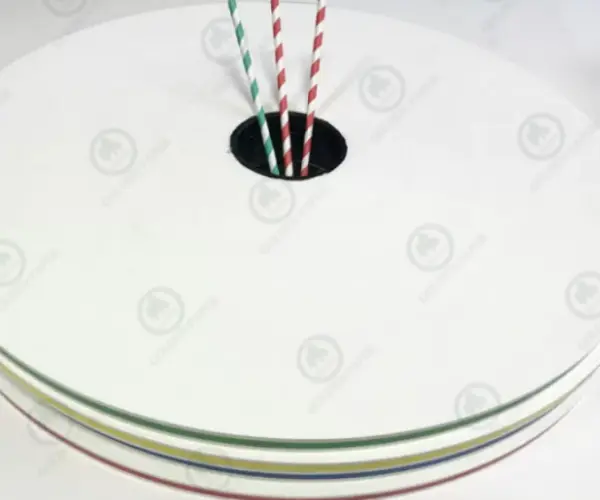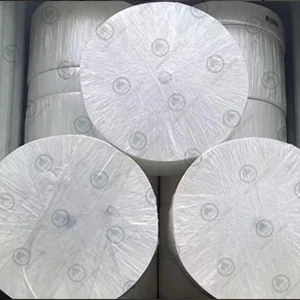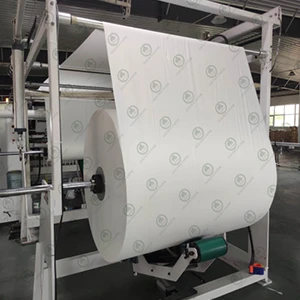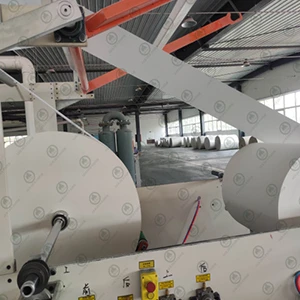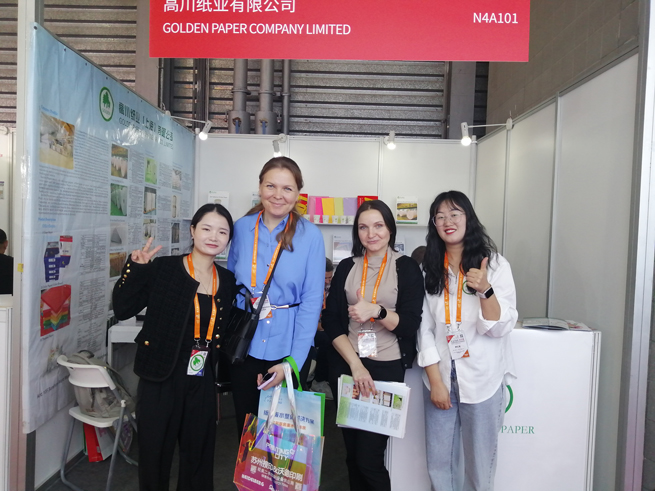In the packaging industry, the selection of materials not only needs to consider the strength of the paper but also cost, environmental protection, and transportation efficiency. High bulk paper, as a new type of packaging material, is widely used to replace traditional coated greyboard paper due to its excellent performance. It is especially suitable for packaging needs that require lightweight and environmental protection.
Seven Advantages of High Bulk Paper
Low Cost
The raw material cost of high bulk paper is relatively low, which effectively controls its production cost. Additionally, since high bulk paper is lighter, its transportation cost is also lower than that of traditional packaging materials. This can effectively reduce the overall packaging costs for enterprises.
Moderate Thickness
Compared with other papers of the same thickness, high bulk paper has higher bulk. It not only ensures the strength of the paper but also reduces raw material consumption, making the packaging material lighter while maintaining strength.
Good Stiffness
High bulk paper has good stiffness and can maintain sufficient rigidity and shape stability even when it is thin. This makes it very suitable for the packaging industry, as it can maintain the appearance and structure of the packaged goods.
Good Burst Strength
High bulk paper has excellent burst strength, which effectively prevents the paper from breaking during transportation, ensuring the safety of the products.
Good Folding Endurance
High bulk paper also has excellent folding endurance. Even after multiple folds, the paper is not prone to breakage or deformation, which is particularly important for long-term use packaging materials.
Good Printability
High bulk paper from professional coated paper board manufacturers has good printability, with very clear printing effects. It can save ink and varnish needed in the printing process, reducing production costs for enterprises while enhancing the visual effect of the packaging.
Strong Environmental Protection
High bulk paper uses less pulp, making the finished product lighter, in line with the trend of lightweight packaging. This material can effectively reduce resource consumption and lower the environmental burden, meeting the environmental requirements of the modern packaging industry.
Introduction to the "Bulk" of Paper
Bulk is an important indicator of paper, referring to the ratio of the basis weight to the thickness of the paper and is usually expressed in cm³/g. Bulk reflects the density of the paper, i.e., the porosity of the paper. Higher bulk means that less fiber can be used for the same thickness of paper, thereby saving raw materials and reducing costs. High bulk also enhances the stiffness of the paper, reducing the amount of paper used. Especially in the publishing industry, it can maintain the thickness of books with fewer pages. Moreover, high bulk can improve the opacity of the paper, reducing the possibility of ink bleed-through, thereby reducing ink usage.
Main Factors Affecting Bulk
Paper Fiber Raw Materials
Different fiber raw materials have a significant impact on bulk. For example, "chemical mechanical pulp" from hardwood has higher bulk than that from softwood, meaning that paper using hardwood fibers is lighter for the same thickness.
Pulp Types
The type of pulp also affects paper bulk. The bulk of chemical mechanical pulp is generally higher than that of thermomechanical pulp, while chemical pulp has higher bulk than other pulps. Therefore, selecting the appropriate type of pulp is an important step in enhancing paper bulk.
By optimizing bulk, the papermaking process can be effectively improved, not only reducing production costs but also enhancing the performance of the paper.
As an environmentally friendly and efficient packaging material, high bulk paper has become an important choice in the packaging industry due to its excellent performance. By optimizing paper bulk and improving production processes, it can better meet the needs of modern packaging and push the industry towards environmental protection and lightweight. If you need high-quality high bulk paper, Golden Paper Group, with over 20 years of experience, is dedicated to the production and export of pulp, paper, and board products, providing high-quality paper products that meet environmental standards.
 GOLDEN PAPER
GOLDEN PAPER
 EN
EN
 fr
fr  de
de  es
es  it
it  ru
ru  pt
pt  ar
ar  vi
vi  tr
tr  id
id 